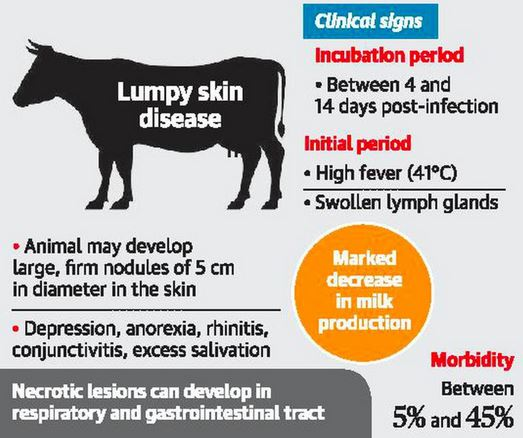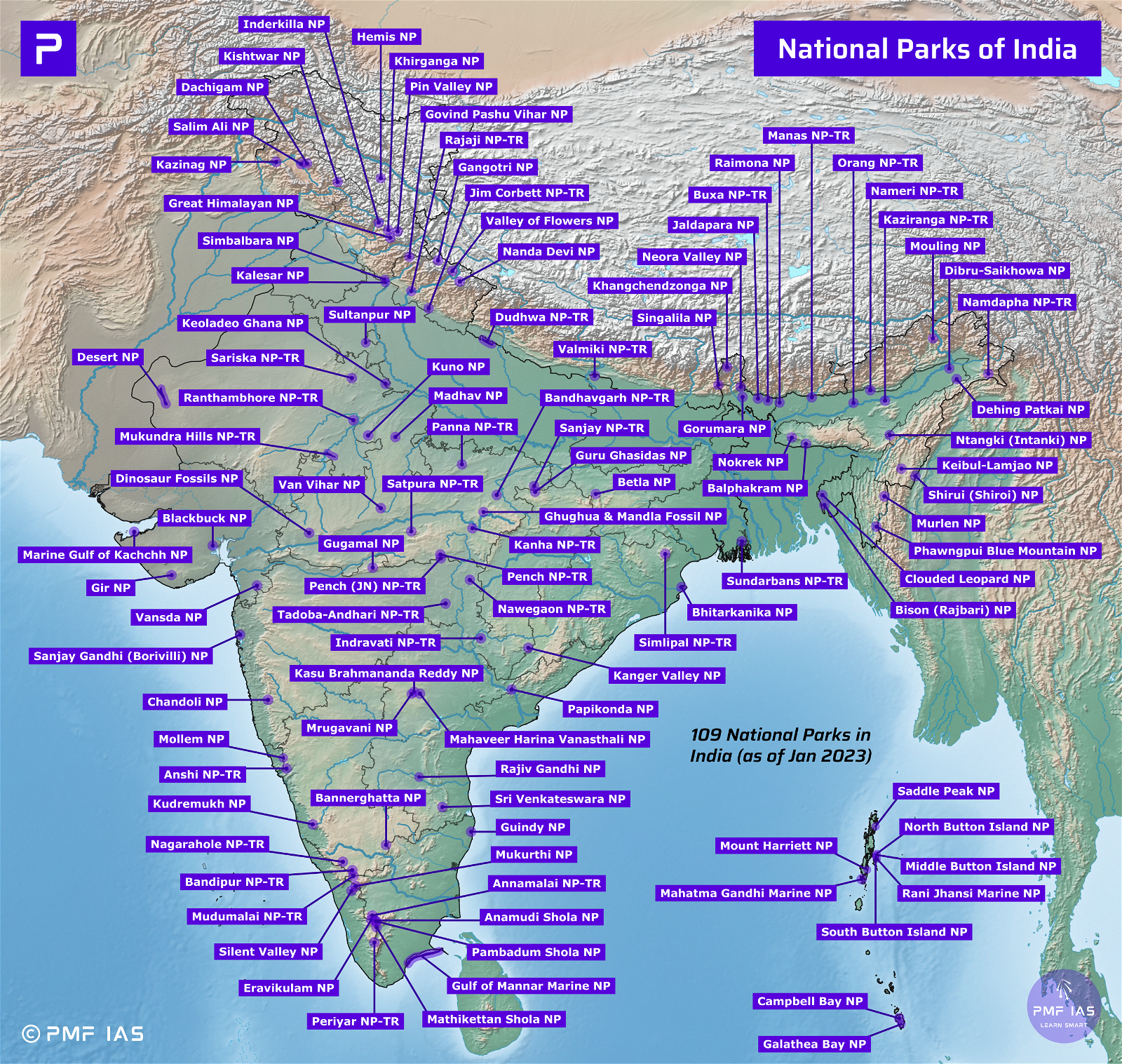
Resurgence of Influenza Cases
Subscribe to Never Miss an Important Update! Assured Discounts on New Products!
Must Join PMF IAS Telegram Channel & PMF IAS History Telegram Channel
- Context (IE): The National Centre for Disease Control (NCDC) has reported a resurgence of Influenza cases in several Indian states.
- Seasonal influenza (the flu) is an acute respiratory infection caused by influenza viruses.
- It is highly contagious, affects the respiratory system, including the nose, throat and lungs, and is common in all parts of the world.
- Transmission: Droplets containing viruses in the air, contaminated hands, etc.
- Factors like high population density, poor hygiene practices, weather conducive to the survival and spread of the virus and low vaccination rates increase the risk of flu transmission.
- Symptoms: Sudden onset of fever, cough (usually dry), headache, muscle and joint pain, severe malaise (feeling unwell), sore throat and a runny nose.
- Most people recover from fever and other symptoms within a week without requiring medical attention. But influenza can cause severe illness or deaths, especially in people at high risk.
- In India, the most prevalent subtypes are influenza A (H1N1), A (H3N2), and influenza B viruses.
Types of Influenza Viruses
Influenza A Virus (IAV)
- Primary Source: Aquatic birds (wild birds).
- Widespread: IAV is also found in various mammals, including humans and pigs.
- Clinical Impact: Influenza A viruses cause seasonal epidemics (commonly known as flu seasons) almost every winter.
- IAV is the only influenza virus known to cause global epidemics (pandemics) of flu disease.
|
Influenza B Virus (IBV)
- IBV primarily infects humans.
- Severity: While less severe than IAV, IBV still contributes to respiratory infections.
- Vaccine Coverage: Seasonal flu vaccines target both IAV and IBV strains.
Influenza C Virus (ICV)
- ICV infections generally cause mild illness.
- ICV is not thought to cause human epidemics.
Influenza D Virus (IDV)
- IDV primarily affects cattle and pigs.
- Although found in animals, IDV is not known to infect humans and cause illness.
Naming Influenza Virus






![PMF IAS Environment for UPSC 2022-23 [paperback] PMF IAS [Nov 30, 2021]…](https://pmfias.b-cdn.net/wp-content/uploads/2024/04/pmfiasenvironmentforupsc2022-23paperbackpmfiasnov302021.jpg)










